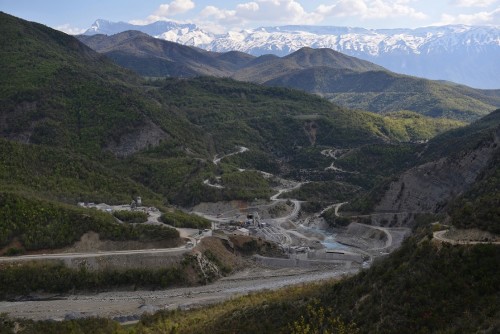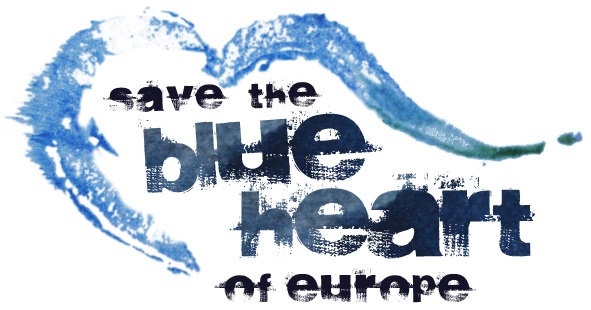113 hydropower plants are planned in National Parks
Press release from RiverWatch, EuroNatur and EcoAlbania
Vienna, Radolfzell, Tirana, May 21, 2015. Sunday, May 24, is “European Parks Day” – a day to celebrate protected areas in Europe and promote their values and benefits (www.europarc.org) . However, especially in the Balkans, there is little reason to celebrate, because from the study conducted by RiverWatch and EuroNatur there are data that 535 projects (out of a total of 1640 HPPs identified as large, medium and small) are currently planned within strict natural areas. 113 of them are within national parks – usually with the support of international companies and banks, especially the EU itself. “Thus, not only the protected areas themselves are put at risk, but also the values of the protected categories in general. What is the meaning of the name National Park if the construction of HPPs is allowed within its territory?” says Ulrich Eichelmann of Riverwatch.
Protected Areas are designed to protect nature and its biodiversity. This is especially true for national parks in which any form of commercial use is prohibited. However, this has been systematically ignored both by EU member states such as Slovenia and Croatia, as well as by candidate countries such as Albania.
535 HPP projects have diverted water into pipes between National Parks, Biosphere Reserves, UNESCO World Heritage Sites, Ramsar or Nature 2000 sites.
In Albania, 40 hydropower plants are planned within the National Parks – in the National Park of Valbona, Lura, Bredhi i Hotova and Shebenik-Jabllanica. “The Albanian government should review all the permits granted within the National Parks, especially those in Bredh e Hotova, as they will affect the destruction of the unique ecosystem of the last wild river in Europe,” said Olsi Nika from EcoAlbania.
“HECs have no place in strictly protected areas, especially in national parks. Banks, financial institutions as well as the European Union should immediately stop financing HPPs in protected areas. Otherwise, they are useless and the extinction of species will continue,” says Gabriel Schwaderer from EuroNatur. The 535 planned projects will result in the destruction of these protected areas by the construction of dams and roads, power lines, diversion of water flow, etc.
Planned projects are divided according to protection categories:
- 113 in National Parks
- 23 in Ramsar sites, Biosphere Reserves and UNESCO world heritage sites
- 131 in Nature 2000 areas
- 268 in strictly protected areas (nature reserves, Site Emerald)
Also, 282 HPP projects are planned within less strict protected categories, such as protected landscapes or natural parks. So if this category is included, the total number of HPPs planned within the protected areas in the Balkan peninsula reaches 817.
What’s worse, many of these projects are planned and implemented with the support of international companies and banks, especially within the EU. This is the case e.g. in the Mavrovo National Park in Macedonia: 22 HPPs have been designed within the territory of the park, some of which are financed by the World Bank, the EBRD (European Bank for Construction and Development) and the German Reconstruction Credit Institute. Another example is the Hotova Fir National Park in Albania: with the help of the Austrian Development Bank (OeEB) and the IFC branch of the World Bank, the Austrian company ENSO Hydro is building a HPP within this national park.
Find the full study here: Hydropower Projects in Protected Areas in the Balkans
Additional information:
“Saving the blue heart of Europe” campaign: The rivers of the Balkan peninsula are threatened by the mania of building dams. More than 630 new medium and large HPPs are currently being designed from Slovenia to Albania. If we also take into consideration small HPP projects, the number increases to approximately 2000 HPPs. In order to act against this destructive flood, EuroNatur and RiverWatch have launched the campaign “Saving the blue heart of Europe” in cooperation with EcoAlbania in Albania and local partners in the respective Balkan countries.
For more you can click on: http://www.balkanrivers.net/









